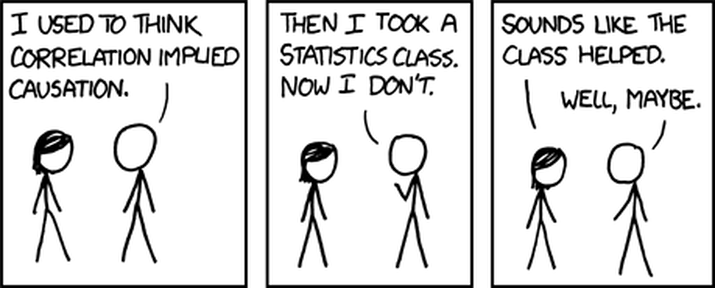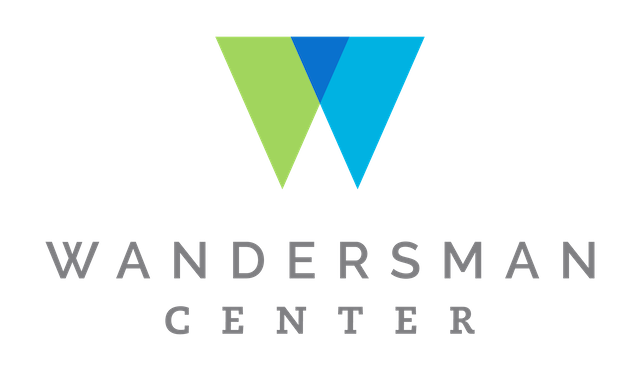|
I read a lot of books. Here’s my ranking for 2019, from best to worst. There a lot of business books here because a) we have a business, and b) we want to tap into the broader literature to better understand how we can build momentum in organizations. After all, humans have been implementing organization change for at least 12,000 years. Let’s not limit ourselves to the last decade of implementation science literature. If I had to summarize all these books into one phrase: Be open and honest about your work, or, as the Bard says: This above all: to thine own self be true  https://xkcd.com/552/ https://xkcd.com/552/ Ethnography:4th Edition — David Fetterman. As much as possible, we try to be transdisciplinary. A huge portion of our work relies on embedded and community-based knowledge. So, being already familiar with David Fetterman’s work through Empowerment Evaluation, I thought this would be a good place to jump in. And it was! While a lot of the methods won’t be unfamiliar to people who do community-based participatory action research, I thought it was a good primer about how to go deeper. I’ve already published some thoughts on unobtrustive measures (with a response from Fetterman!), and my next set of reflections on qualitative methods will be coming out soon. Marketing, 4th Edition — Masterson, Phillips, & Pickton. A quick story. We had a book chapter published in Case Studies in Needs Assessments on work we did in integrated care. As part of our reimbursement, we got a $300 credit from. So, I was like a kid in some kind of store. The best heuristic I pulled from these was the seven P’s
Fire and Blood — George R.R. Martin. I am in violent agreement with the internet that general contours of the final GoT episodes were fine. The implementation was not (seriously, the Night King was the Droid Control ship from The Phantom Menace?) This book was much better. While I was really bummed at first when the Conquest of Aegon Targaryen was reproduced word for word from A World of Ice and Fire, once the stories of Aerys and Jaharearys started though, it really really picked up. What I loved best were the various little side stories that added mysterious depth of the world. The tales of Elissa Farman and Princess Aerea were incredible. How To — Randall Munroe. If you don’t read the webcomic, XKCD, you must. Here’s a legendary comic. Anyway, he wrote a silly science book about how to use very roundabout ways to solve common problems. Unleash the Power of Storytelling — Rob Biesenbach. As I write this, I’m five days out from seeing the Rise of Skywalker. George Lucas has always said that Star Wars was his attempt at mythmaking and trying to tap into basic fundamentals of the hero’s journey. From our work in SCALE with 100 Million and many other projects, we know that storytelling is a critical part of reporting findings and inspiring actions. So, while this book had a business-focus perspective, the ideas are broadly applicable: have a relatable character, a conflict, a turning-point, and a resolution. We tried to put more stories into our evaluation reports. Here’s one from our Serve & Connect work I’m writing on the fly. Brittany and Amber worked to the bone over draft upon draft to get the combined readiness — relationship survey just write. After deeply thinking about item phrasing and order, they were ready to get a better understanding of community conditions that drive police-community relationships. Then the S&C board came back and said “This survey is too white.” That stung. They had prided themselves on being cultural appropriate, or really taking community needs and feedback to heart. And yet, here was a plain and straightforward deconstruction of all their effort. So what did they do? Rather than guess what the community wanted, they just asked. They went into the next community meeting with long, brown sheets of butcher paper that they hung on wall. On these were very simple prompts, “what does an outsider need to know about your community”. “The police are ______.” and so on. By started at the beginning, the team got much more valuable and genuine information to guide the next step of S&C. Yeah, that’s much more lively than, “We used a mixed-methods approach to gather community-level feedback.” (EDIT: 12.24.19. Did it actually happen that way? No, not quite. However, in the interest of simplicity, Biesenbach notes that it can be OKAY to change some details like the timeline and the principles.) The Prosperity Paradox — Christensen, Ojomo, Dillon. This book looked at how we bring about large scale economic change in impoverished areas, usually on the country level. The authors argued that traditional methods of support that o build up infrastructure, what we could call general capacity, is not the most effective way to lift people out of poverty. This is what they call the push model: we are pushing general capacity into settings that may not be able to sustain their general capacity over time. Any investment in general capacity runs this risk of becoming white elephants. Instead, they argue that innovations can drive and then “pull” market-sustaining structures into place. They define innovation as, “a change in the processes by which an organization transforms labor, capital, materials, and information into products and services of greater value.” The idea is that by bringing in a novel technology that can create local, ancillary services, larger-scale economic change can happen. This process involves:
Thinking, Fast and Slow — Daniel Kahneman. Dense dense dense! I started reading this a few years ago but gave up because it was a little dry. As we have been thinking about ways to build and increased motivation and momentum, I realized that I needed to understand better how people appraised situations and make decisions. So, once more into the breach. I liked it more this time (in the interim I had read The Undoing Project by Michael.) So, yes, there is a lot in Kahneman’s book about how we misrepresent incoming information and how to improve decisions makings because of that. Dare to Lead — Brene Brown. From December 2018 to February 2019, I heard people talking about Brene Brown in four very different project settings. I felt obligated to dig deeper to see what the fuss was about. It was just okay. Brown’s theory of leadership reminded me a lot of St. Carl Rogers and the idea of genuineness. The idea is that people, especially people in leadership, need to mindfully own their feeling and use these to transparently communicate with their team. Top of Mind — John Hall. More about general marketing than support change efforts. Basically, Hall argues that an organization needs to regularly generate and share content as a means of developing a trusting and ongoing relationship with a customer base. In 2020, we’re going to be focusing more on the evidence-based behind engagement and building TA relationships. The ideas in Top of Mind are more about trying to develop these relationships asynchronously at scale, which maybe? Contagious — Jonah Berger. I completely forgot I had read this book. It more of the same. You need to socially share something of value so that others can see it for themselves. Kind of like building observability. The Culture Code — Daniel Coyle. Back in August, our team was having a problem with the construct of organization culture. This was spilling over from our intervention mapping work into our work with UTexas on the R01 measurement project. So, I pulled up the top-ranked book on culture I could find. The issue of psychological safety within an organization came up again. This is a concept put forward by Amy Edmondson (whose book I read last year), and who recently spoke at the 2019 D&I Conference. One thing I’ve noticed is that a lot of business trade books seem to fall into the same set of examples. I think I’ve read about Zappos at least three times by this point. I also thought the Seal Team Six example was a little showy here. American Pastoral — Phillip Roth. Recommended by a friend who thought it was a “Scaccia novel.” Who can really know the contents of the human heart? ReWork — Jason Fried and David Heinemeier-Hansson. No, not WeWork, ReWork. This book was too disruptive in a silicon-value sense for my taste. There’s no central thesis, just a series of odd anecdotes and platitudes with any discussion of the underlying philosophy. “Don’t make plans!” 🤨 No ranking: Building a Story Brand. My daughter was three weeks old when I read this. Our local library has a movie night, so my sons and wife went while I sat in an easy chair reading this. I can’t tell you anything about it.
1 Comment
|
Categories
All
Archives
September 2023
|

 RSS Feed
RSS Feed
